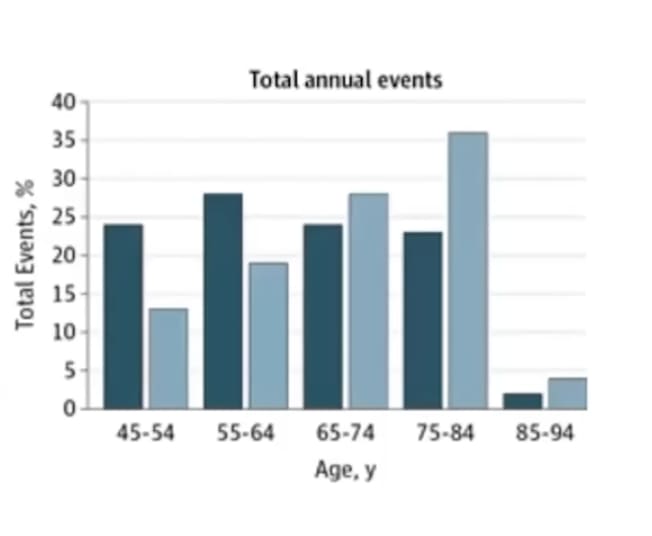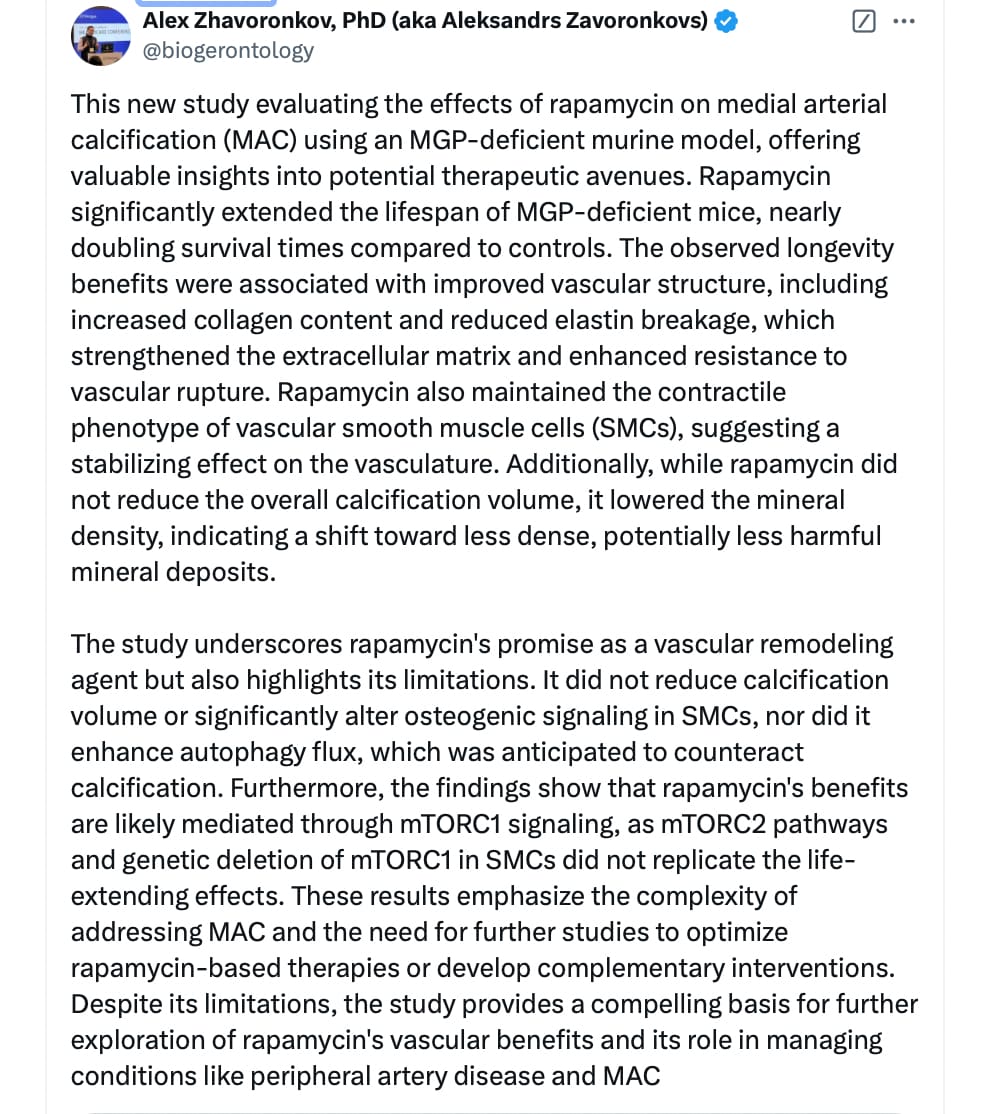We may put it more diplomatically. They are not fools, although they tend to be stubborn, for many reasons not excluding personal likes and dislikes in diet. They tend to like anti-estabilishment affirmatiosn, they tend to dislike strongly scientific research, for various reasons. they also tend to cling to whatsoever rational (or apparently rational) arguments that tend to deny the preponderance of evidence (like, the part of the population which will not die notwithstanding their excess lipids).
At the end, perhaps the above is a foolish attitude. Certainly reckless.
There is a middle ground between the
Ldl deniers and lower the better.
The RCt evidence doesn’t support targeting below 50 apob with pharmaceutical interventions for primary prevention.
The mendelian randomization evidence is inevitably ltd.
Which leaves Target 50 as a sensible, evidence based approach.
In the current year, the pyramide of evidence has been inverted.
Just adding this post, copied from here: Blood Circulation: The Overlooked Fountain of Youth - #30 by RapAdmin
You do know that the number one symptom that people with serious atherosclerosis first experience is heart attack and death, don’t you?
See the peter attia podcast on atherosclerosis - see this video, queued up to the exact point of the relevant discussion:

Yeah, I started the process of getting the Cleerly done instead of the CAC this year. It will take another couple days to get the details I guess. I was doing it with email because I’ve been busy during these short days. They want $1300 to do the interpretation and virtual consultation. She never said what it costs for the scan. I think the scan is out of pocket, maybe the consultation is covered. That’s what I’m trying to figure out. I asked all these questions with the email and instead of answering I got a prewritten thing. I’ll peck away for awhile then maybe call if it doesn’t work. Christmas is probably a bad time.
Please let us know the details once you find them out - this is something many of us are likely interested in.
Yes, they use an inverted evidence hierarchy pyramid.
I was surprised to hear that the Mossad did extensive testing when planning for their Pager attack as highly competent organizations and individuals (no matter what you think of them) I would expect could just figure things out without experimentation and testing.
But it seems you can’t really get past experimentation and testing, which is at the top of the evidence hierarchy.
Of course some people choose to dismiss this, and invert the evidence hiearchy, but it’s their own health and they’re running it like the most slouchy project known to man. And NO, mechanistic studies are NOT testing or experiments.
These papers suggest that there is more nuance to LDL
It seems metabolic health correlates better with CAC scores
https://www.internationaljournalofcardiology.com/article/S0167-5273(24)01320-2/fulltext
Some athletic people have very high levels of LDL yet zero CAC
In both papers lower TG and higher large HDL were more predictive of better CAC scores
Nick’s own case report of him being 26 year old with a CAC = 0 doesn’t matter even if his LDL-c has been elevated for 2 years, that’s because 90% don’t have a CAC >= 1 below age 30 anyway.
ApoB measures both the VLDL’s particles that carry TG’s and LDL’s that carry cholesterol, and it’s the total amount of apoB particles that matter the most, since it’s the rate limiting step of ASCVD.
See this thread I made: Apolipoprotein B (ApoB)
The article is very interesting but…It is not a trial, it’s just a n=1 case history.
For all I know, it might even have been cherry-picked. There is an ongoing study on LMHRs, with a small coort of this group. They might have chosen this individual to make a case against the hypothesis of ApoB.
It would not be a strong case anyway, since we all know that it takes time, 10 to 30 years to develop full-fledged atherosclerosis and the rule may be valid even in the case of extremely high LDL.
But the individual under study had no soft plaque either, so the case does prove that an extremely high LDL (450 m/dL average) does not cause coronary plaque accumulation after a short time (2 years) in at least a very small part of the population of LMHRs.
In other words, I’m pretty confident they cherry-picked the individual with no plaque to make a point. There might be no other individuals with zero plaque in that cohort. We simply don’t know. Skepticism must be kept high because the keto guys are often religious in their zeal and religion is sometimes (but not always) the worst enemy of science.
The time is too short, even if the LDL is high, time might be a governing factor even in the presence of high cumulative values of LDL.
Again, I am curious but we should be waiting for articles with even a simple statistical analysis of the full group (which is a small one), after at least 10 years. It may result that these lean individuals enjoy some metabolic protection from atherosclerosis, but so far it all remains very hypothetical.
There are studies showing that indeed, even though you are metabolically healthy with no other risk factors, higher LDL is associated with more disease.
I don’t understand how magically metabolic health would make you protected against disease if apoB causes disease independent of anything else in a normal population. It’s a leap of faith without evidence.
Both poor metabolic health and high LDL levels are bad for your heart and can cause heart issues. It’s doubly worse if you have both.
You can’t have a heart problem if your LDL or apoB is low enough and early enough, even if you are diabetic.
Yes you can. My mother’s LDL was low but her triglycerides and HBA1C were through the roof. She had a heart attack and stroke. Unfortunately we never measured her ApoB.
LDL is falsely suppressed at high triglycerides so it wasn’t accurate. Besides, even if it was it is the lifetime exposure that matters, unless you know it was truly low for a long time.
I’m relieved (thrilled really) to find a local cardiologist/lipidologist well versed in research/protocols of Sniderman and Dayspring. My LDL is high and evidence of atherosclerosis is present although age-related risk factor is very low. He has me starting on 5mg Crestor. Follow-up testing in 6wks.
Centenarians frequently display improved [i] glucose management and insulin signaling, as well as [ii] a more favorable plasma lipid and lipoprotein profile. They also show fewer overall signs of oxidative stress compared to aged controls [173, 174]. While a significant proportion of centenarians with diabetes also have hypertension, they tend to experience fewer diabetes-related complications, such as lower prevalence rates of peripheral arterial disease, neuropathy, and congestive heart failure [175]. Additionally, this population maintains relatively high cognitive function and physical fitness and is highly resistant to diseases, such as stroke, metabolic syndrome, and CVDs. This suggests that various factors may play a role in preventing or mitigating these adverse outcomes among centenarians. Here, it seems that the combination of a reduced production of pro-inflammatory cytokines regulated by polymorphisms in specific genes and an increase in antioxidants has a positive effect on their health status. The delay in age-induced vascular impairments observed in centenarians has been linked to improved lifestyle conditions, with healthy dietary patterns and regular physical activity. Given that dietary patterns profoundly influence the composition of gut microbiota, it can be postulated that these changes may also, at least in part, help attenuate low-grade inflammation, thereby reducing the subsequent risk of CVDs.

